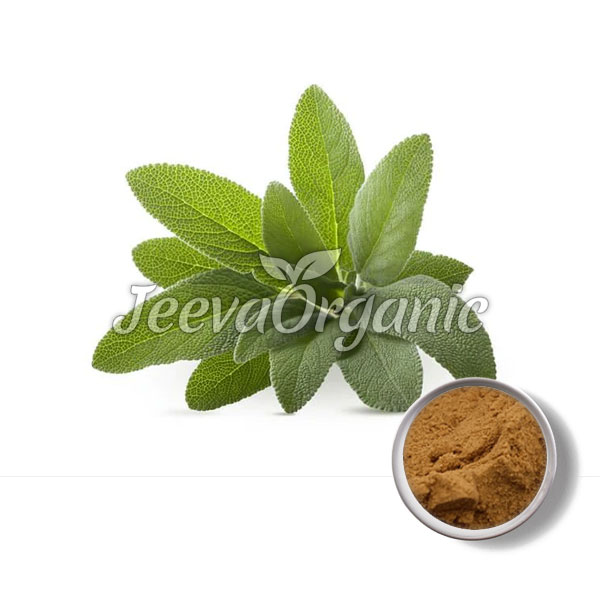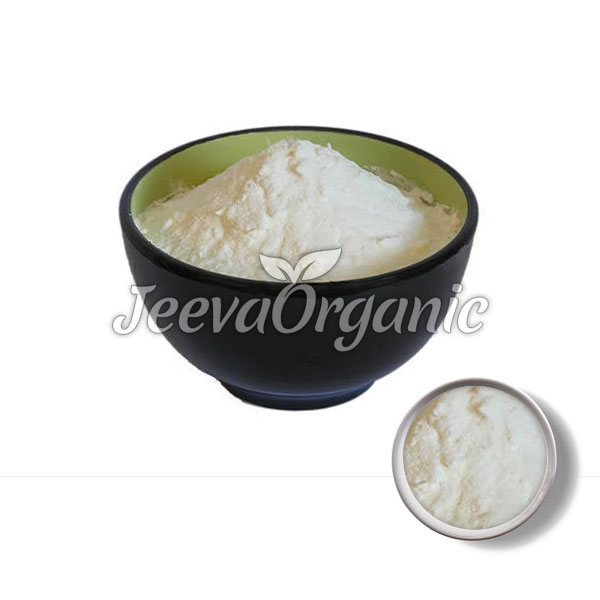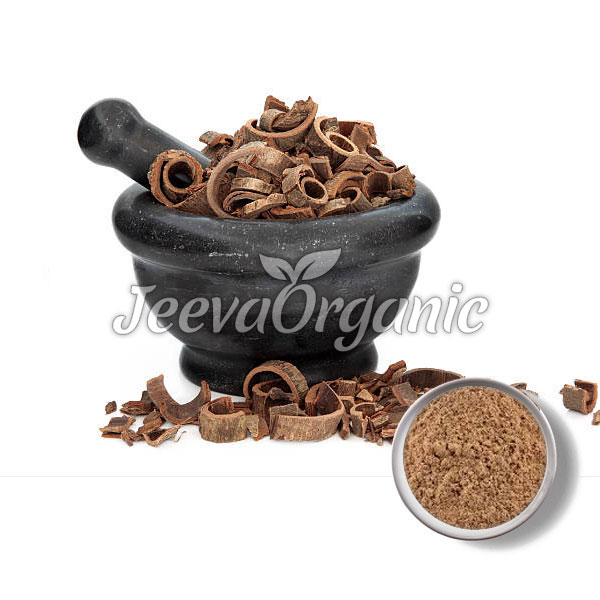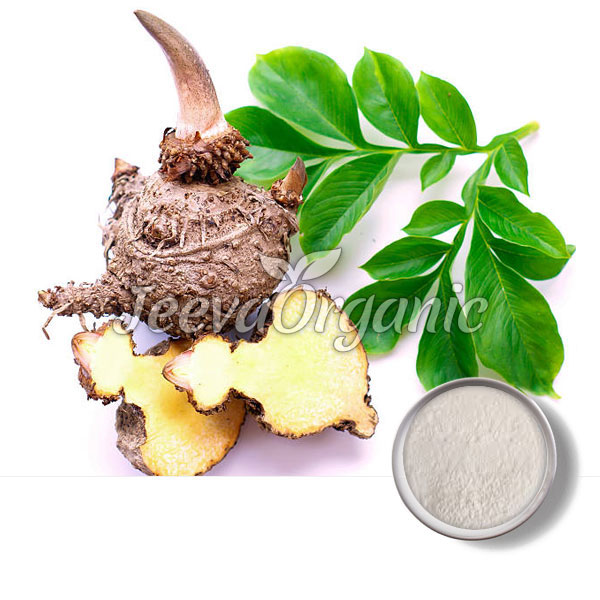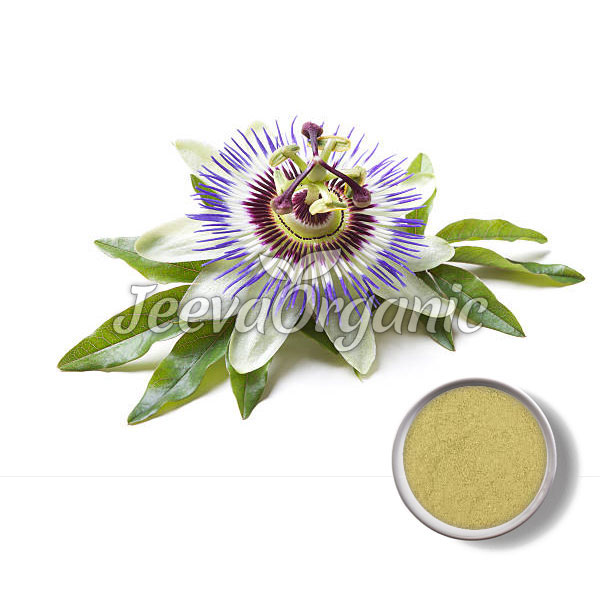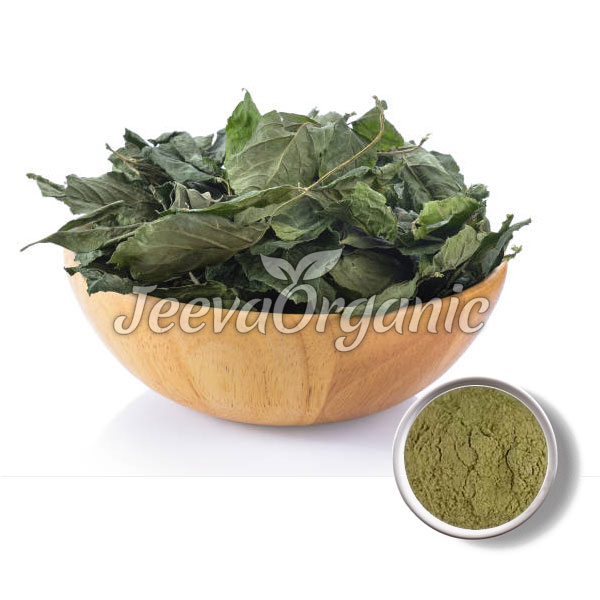- 1. Which plant part is used in this product?The leaf of the plant is used in this product.
- 2. What does the ash value in this product represent?Ash value is the residue remaining after the incineration of the drug or plant part. It represents the number of inorganic salts naturally occurring in the ingredient and adhering to it. Ash value greater than 10% is an indicator of the addition of inorganic metal salts in the product.
- 3. What is the mesh size of this product?Also known as sieve size, mesh size is a measurement of particle size. It is basically the number of openings in one square inch of a screen. This Sage Leaf Extract Powder 4:1 passes 95% through #80 mesh. We can also customize the mesh size of the product, as per clients’ requirements.
- 4. What is the acceptable moisture content in this Sage Leaf Extract Powder 4:1?The moisture content in our Sage Leaf Extract Powder 4:1 is below 5%. This offers better control over microbial growth and increases the overall shelf life.
- 5. How is the ratio of the product determined?The 4:1 ratio of this product is determined by the test method TLC (Thin Layer Chromatography).
- 6. What is the storage facility of this product?This Sage Leaf Extract Powder should be stored in a cool & dry place, away from direct sunlight.
- 7. Is this product soluble or insoluble in water?This Sage Leaf Extract Powder is insoluble in water.
- 8. What is the nutrition content of Sage leaf?Sage leaf is packed with phytochemicals including thujone, monoterpenes, carnosol, rosmanol, rosmarinic acid, flavonoids, tannic acid, oleic acid, ursolic acid, carnosic acid, fumaric acid, chlorogenic acid, caffeic acid, niacin, nicotinamide, flavonoid glycosides, and estrogenic substances.
- 9. What are the common names of Sage plant?Sage plant is commonly known as common sage, garden sage, golden sage, kitchen sage, true sage, culinary sage, Dalmatian sage, and broadleaf sage.
Sage Leaf Extract Powder 4:1
Botanical Name:Salvia officinalis
Plant Part Used: Leaf
Processing Method: Extraction
Belonging to the family of lamiaceae, Sage is a perennial, evergreen shrub having greyish leaves and purplish flower. Native to the Mediterranean region, the common sage has long been used for medicinal as well as culinary purposes. It has also served as a beautiful ornamental plant ever since its inception. Sage leaf contains tannic acid, oleic acid, ursolic acid, fumaric caid, chlorogenic acid, flavone, and estrogenic substances. The common sage is known to have positive effects on human brain functioning and help improve memory.

